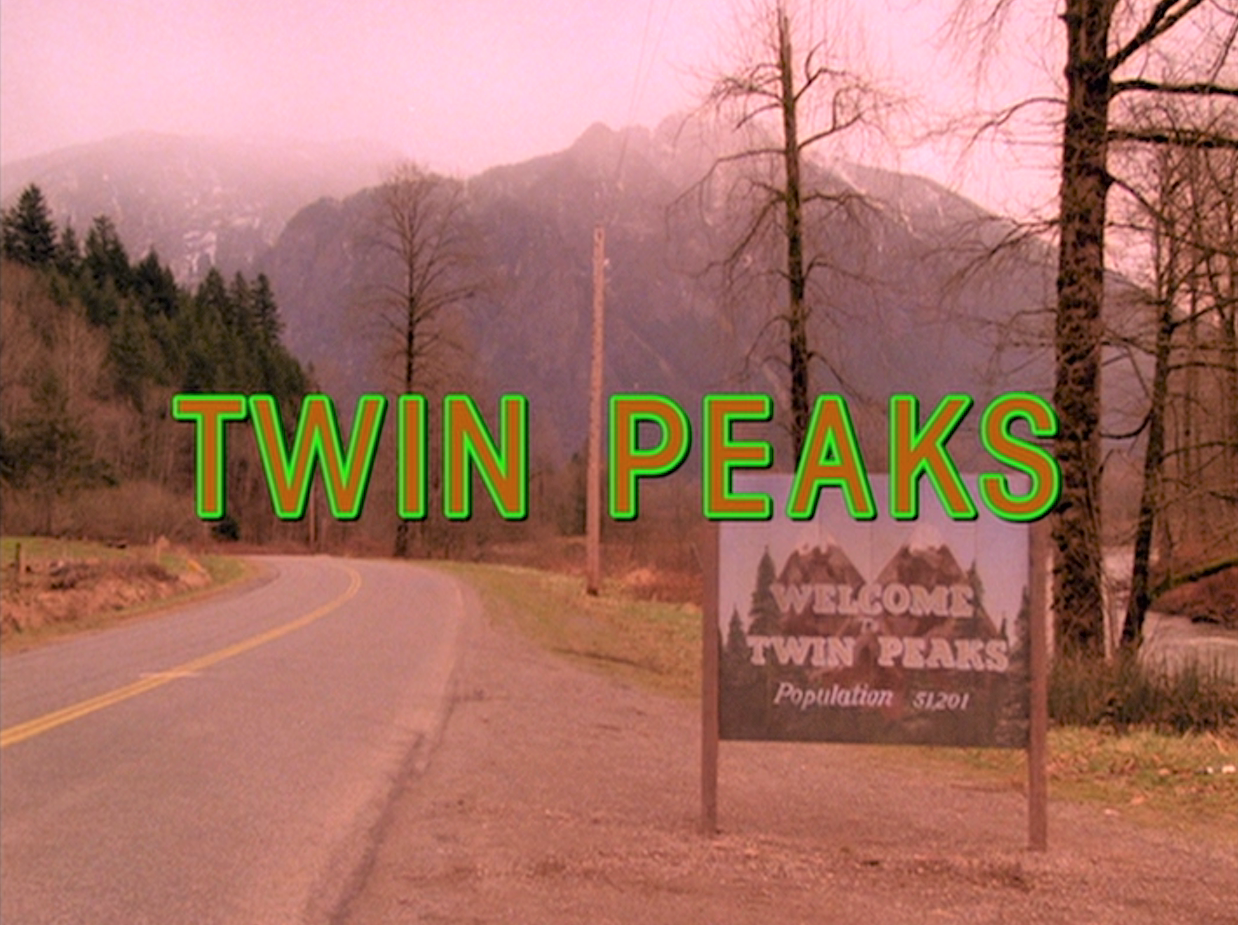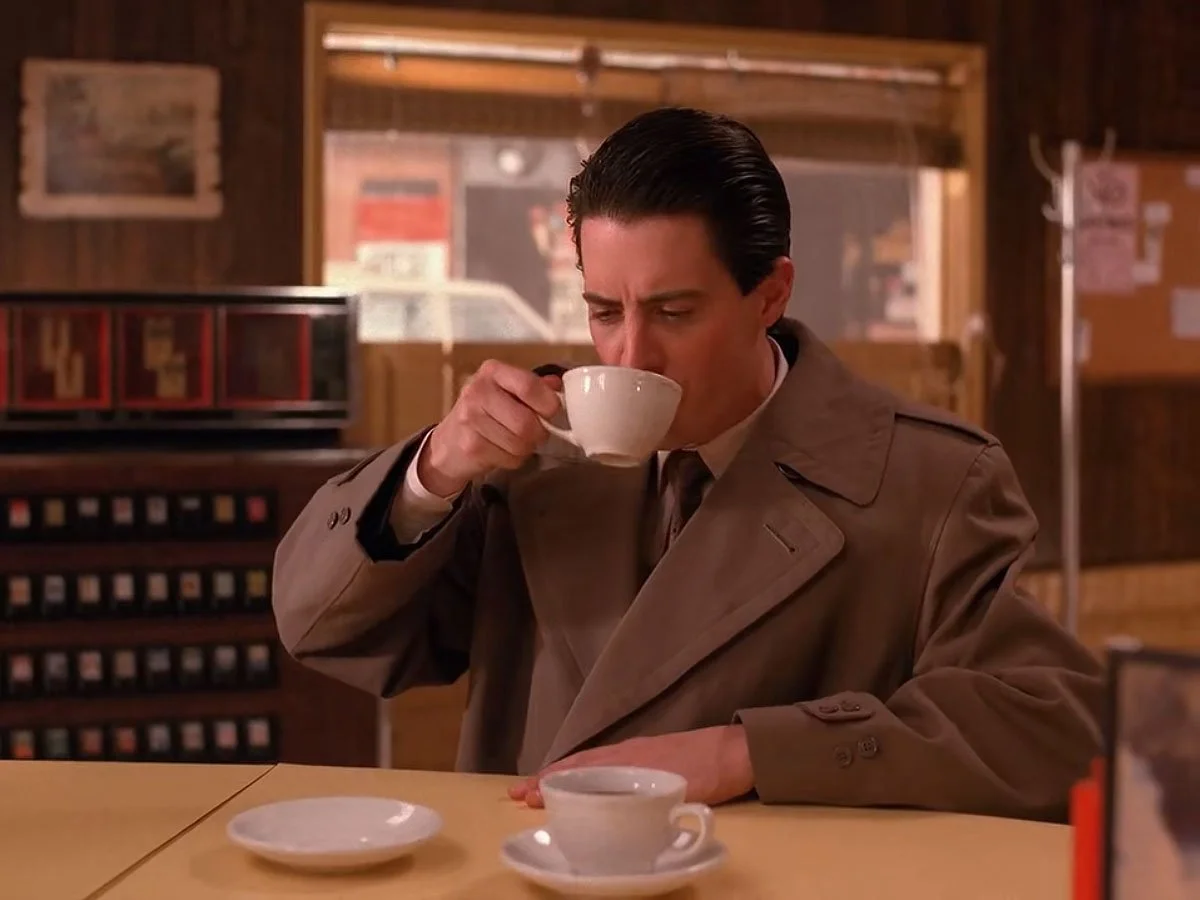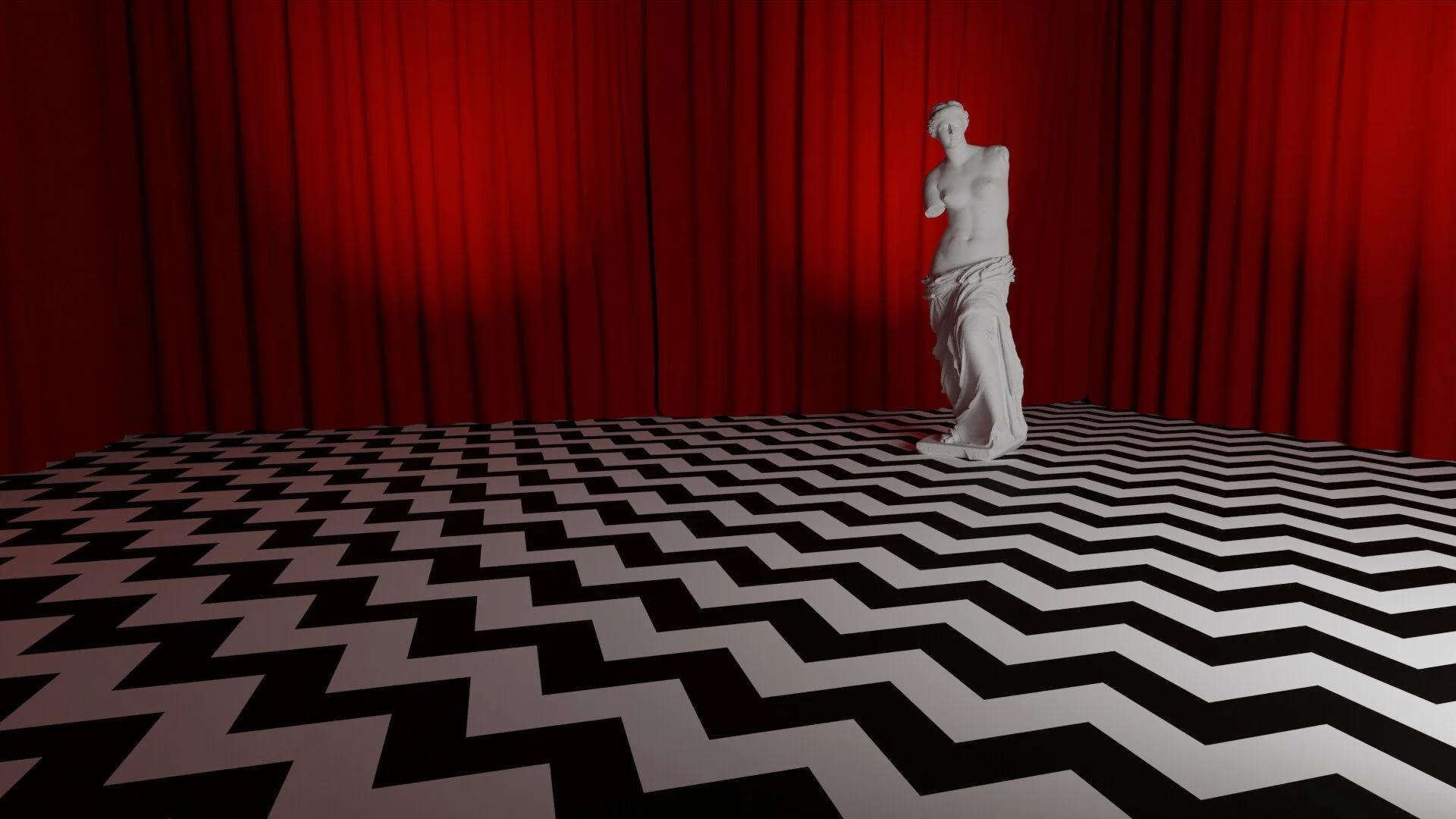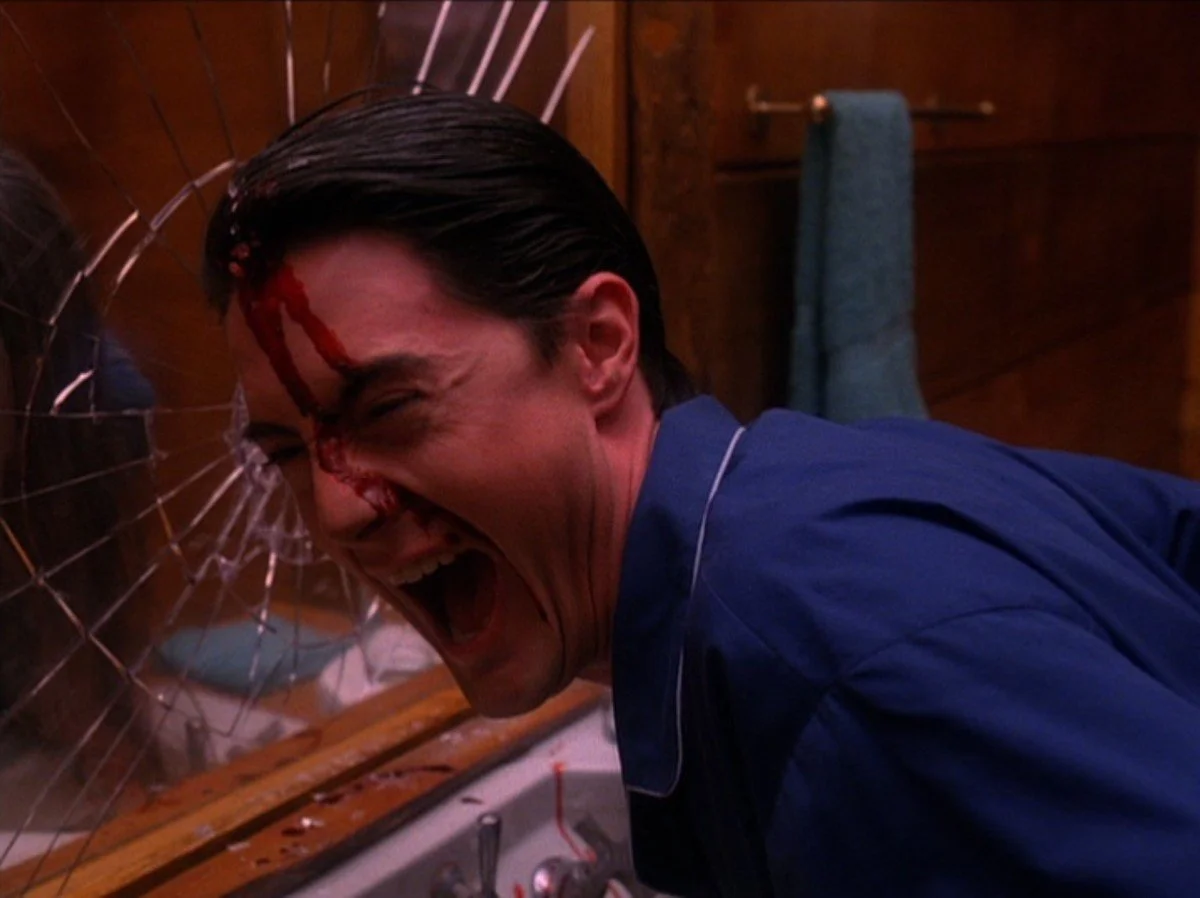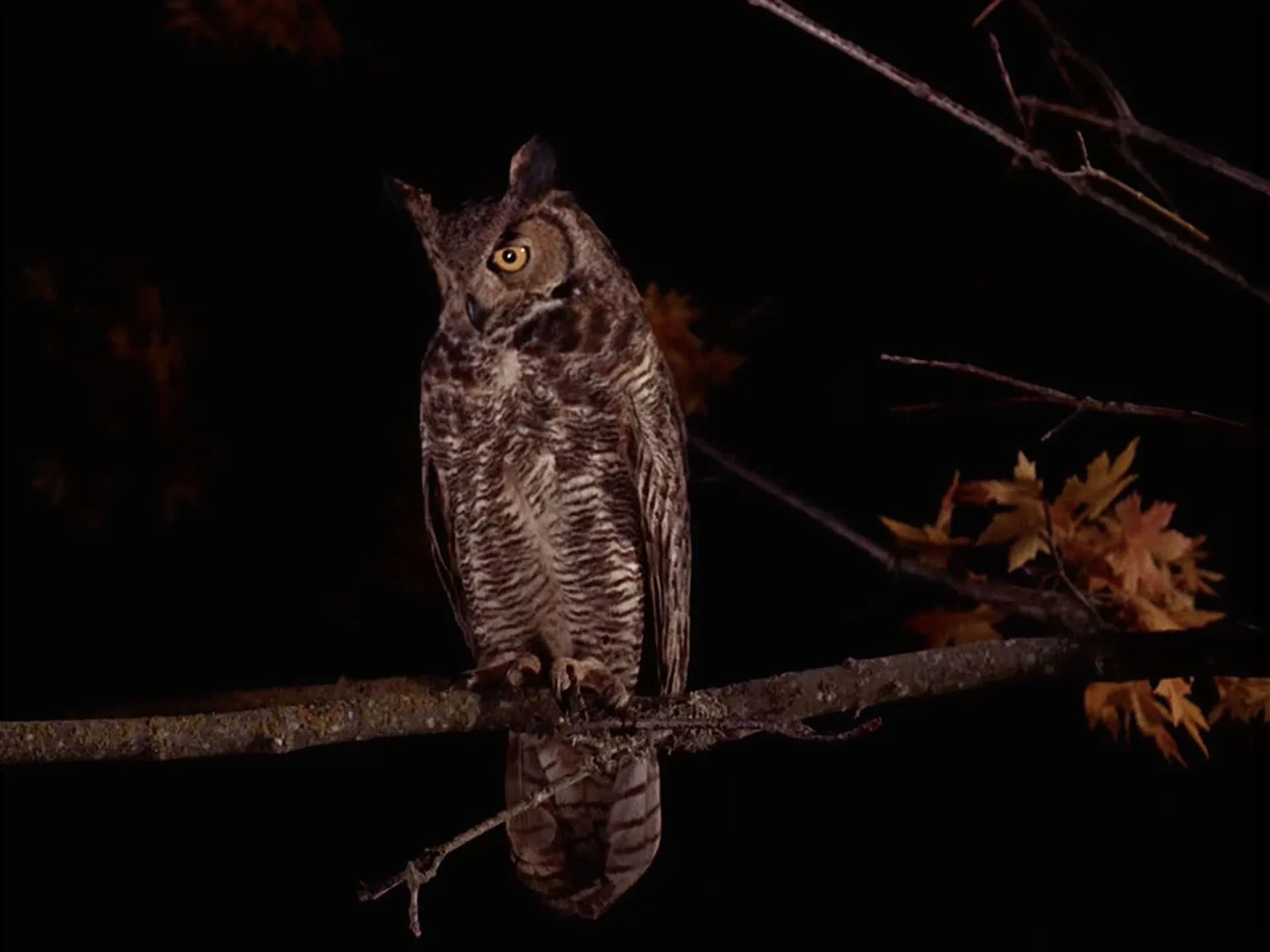Dreams, Shadows, and the Red Room: A Jungian Interpretation of Twin Peaks
David Lynch’s Twin Peaks (1990–1991) is a one of a kind surreal murder mystery. It’s a descent into a dream logic that reaches beneath the surface of the psyche and grips something primal. Beneath the cherry pie and quirky charm lies a psychological labyrinth: a world pulsing with symbols, archetypes, and whispered truths from the unconscious. At the heart of the show, particularly in Agent Dale Cooper’s uncanny dreams—of the Red Room, the Giant, and cryptic messages—we find something far more than artistic eccentricity. We find the unconscious speaking, with startling precision, in the language Carl Jung dedicated his life to decoding.
Lynch doesn’t need to explain, because he pulls us right in. Through a Jungian lens, Twin Peaks becomes more than fiction. One could actually go so far to say that it becomes initiation. As we interpret the dreamscapes of the series—through the Shadow, Anima/Animus, the Self, and Synchronicity—we come face-to-face with the symbolic architecture of our own inner lives.
The Dream World of Twin Peak
Agent Cooper’s dreams seem like clues—but in real, they’re oracles. They direct him toward the mystery of Laura Palmer’s death, but more profoundly, they tug him inward, into the mystery of himself. According to Jung, dreams are not random. They’re the soul’s coded messages, urging the ego toward individuation—the slow, spiraling journey toward becoming whole (Jung, 1964). Cooper doesn’t resist these messages. He welcomes them. He listens to dreams the way most detectives listen to evidence.
Lynch once said, “I don’t know why people expect art to make sense when they accept that life doesn’t.” Jung would nod in agreement—dreams are not rational. They speak in the cryptic tongue of symbol and metaphor, the language of the soul, the same language Twin Peaks uses fluently.
The Red Room and the Shadow
Perhaps the most iconic setting in Twin Peaks, the Red Room —dreamlike, disjointed, heavy with velvet and silence. Also known as the Black Lodge, it is a psychic space where logic shatters: speech runs backward, time jerks, and familiar faces twist into doubles. For Jung, this is the realm of the Shadow—the repressed aspects of ourselves we fear, deny, or project onto others (Jung, 1951).
Here, Cooper is not the calm, composed agent. He is hunted. Mocked. Doubled. His doppelgänger grins like a wolf. This is not evil for its own sake—it’s the face of unacknowledged guilt, suppressed rage, and spiritual pride. Laura Palmer, too, was split between a golden-girl façade and a hidden world of abuse, addiction, and fractured identity. Her tragedy is Shadow unspoken.
The Lodge is a metaphor for the unconscious itself—beautiful, frightening, erotic, and wild. “One does not become enlightened by imagining figures of light,” Jung wrote, “but by making the darkness conscious” (Jung, 1954). Twin Peaks dares to do just that.
The Giant and the Anima
The Giant is a luminous, cryptic figure who appears to Cooper in visions, delivering symbolic messages: “The owls are not what they seem.” He represents a higher wisdom, an otherworldly messenger from the Self. Jung saw such figures as spiritual archetypes, emerging from the deeper layers of the unconscious.
The show’s female figures—Laura, Donna, Audrey, and even the seductive yet dangerous women of One Eyed Jack’s—reflect Cooper’s Anima: the inner feminine aspect within every man. The Anima helps bridge the conscious ego and the unconscious Self. Cooper’s intuitive trust in his dreams and feelings, rare in stereotypical male detectives, shows he is actively integrating this feminine psychic energy.
Jung wrote that the Anima is the key to entering the unconscious—"She is the guide to the depths of the soul" (Jung, 1951). In Twin Peaks, the female leads are not mere side characters but carriers of mystery, eroticism, and intuition—all essential to Cooper’s growth.
The Self and the Journey of Individuation
At the center of Jung’s model is the Self—the unifying archetype of the whole psyche, integrating ego, unconscious, and all archetypes. Twin Peaks can be seen as Cooper’s journey toward that Self. But unlike tidy Hollywood stories, Lynch shows that individuation is painful and nonlinear.
Cooper’s descent into the Lodge and eventual entrapment by his own doppelgänger suggests that the Shadow, if unintegrated, can overpower the ego. Jung warned that those who fail to confront their unconscious risk becoming possessed by it. Cooper’s spiritual journey is incomplete by the series' end—he listens to the unconscious, but has not yet fully integrated it.
Synchronicity: The Language of the Unconscious
In Twin Peaks, meaningful coincidences are everywhere: owls as watchers, log messages, dreams that reveal real-world events. Jung called such moments Synchronicity—“acausal meaningful coincidences” that express an underlying unity between psyche and matter (Jung & Pauli, 1952).
Cooper experiences synchronicity constantly. He trusts dreams over evidence, symbols over facts. When he catches a fish in his percolator or receives a clue through a Tibetan stone-throwing ritual, we see Jung’s theory in action: the world responds when we are aligned with our deeper truths.
In Jung’s words, “Synchronicity is an ever-present reality for those who have eyes to see.” Twin Peaks trains us to see.
Why This Matters: Dreams as a Portal for Everyone
Lynch’s dream logic resonates because it feels true. Like real dreams, the show’s symbols bypass the rational mind and stir something deeper. Jung argued that everyone dreams in symbols drawn from a collective unconscious—archetypes shared across humanity. Thus, Twin Peaks’ strange images are not foreign; they are familiar, because they live in us.
By watching Twin Peaks through a Jungian lens, we learn to interpret our own dreams. We learn to welcome the Shadow, respect the Anima/Animus, trust Synchronicities, and seek the Self. In doing so, we continue the path of individuation—a lifelong journey into the mystery of who we really are.
Twin Peaks is a dream, myth, initiation, and confrontation with the unconscious. Through Carl Jung’s theories, we see that the Red Room is nothing else but the psyche’s theater, where our shadows speak, and our truths whisper backwards through the veil. Whether in dreams, art, or daily life, Lynch invites us to listen.
And Jung tells us why it matters.
“Your vision will become clear only when you can look into your own heart. Who looks outside, dreams; who looks inside, awakes.” — Carl Jung
References
Jung, C.G. (1951). Aion: Researches into the Phenomenology of the Self. Collected Works Vol. 9, Part II.
Jung, C.G. (1954). Psychology and Alchemy. Collected Works Vol. 12.
Jung, C.G. (1964). Man and His Symbols. London: Aldus Books.
Jung, C.G., & Pauli, W. (1952). The Interpretation of Nature and the Psyche. Princeton University Press.
Lynch, D., & Frost, M. (Creators). (1990–1991). Twin Peaks [TV series]. ABC.
Zabriskie, B. (2006). “Synchronicity and the I Ching: Jung, Pauli, and the Chinese Woman.” Journal of Analytical Psychology, 51(2), 245–262.
